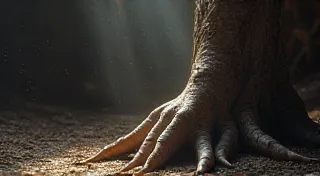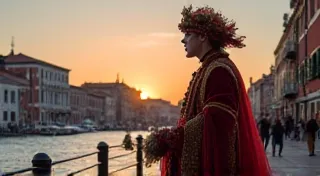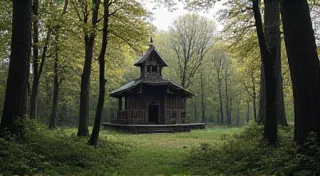The Echoes in the Clay: How Masks Preserve Dissolving Narratives
There’s a particular melancholic beauty to objects that hold within them echoes of vanished lives. A worn, leather-bound diary filled with faded ink, a chipped porcelain doll cradled in a dusty attic – each whispers a story yearning to be remembered. I’ve always felt this profoundly with antique accordions; the bellows sighing a song of dance halls and laughter long silenced. Similarly, regional masks – far more than just colorful decorations – embody this potent feeling, acting as tangible fragments of cultures at risk of disappearing.
The world is shrinking, globalization homogenizing, and in the rush toward the modern, so much is lost. Dialects vanish, ancient rituals fade, and the intricate web of folklore that once bound communities together frays at the edges. But the dedicated artisans who continue to craft these masks aren’t merely creating objects; they are engaging in an act of cultural defiance, a quiet revolution of preservation. They are, in essence, weaving the past into the present, ensuring its survival, however fragile.
Masks as Palimpsests: Layering History
The word ‘palimpsest’ perfectly describes the nature of many regional mask-making traditions. It refers to an ancient writing surface, often parchment or clay tablet, that has been scraped clean and reused for new writing, leaving traces of the previous script visible beneath the surface. Similarly, contemporary mask makers often build upon centuries of artistic precedent. The forms, colors, and techniques employed today are rarely entirely new; they represent a conscious continuation, a modification, and a reinterpretation of ancestral designs. This layering of history and tradition is evident across the globe, from the intricate designs of Guatemalan masks to the stylized forms found in Himalayan Cham dances.
Consider, for instance, the *Momoyegi* masks of Japan’s Iwate Prefecture. These grotesque, fiercely expressive representations of demons are believed to ward off evil spirits and bring good harvests. Their history stretches back to the Edo period (1603-1868), but the designs are rooted even deeper in Shinto mythology and folk beliefs. Contemporary *Momoyegi* makers meticulously carve the cedar wood, often following patterns passed down through generations. Yet, each mask possesses a unique personality, subtly influenced by the maker’s individual style and understanding of the tradition. It's a living artwork, constantly evolving while remaining inextricably linked to its origins.
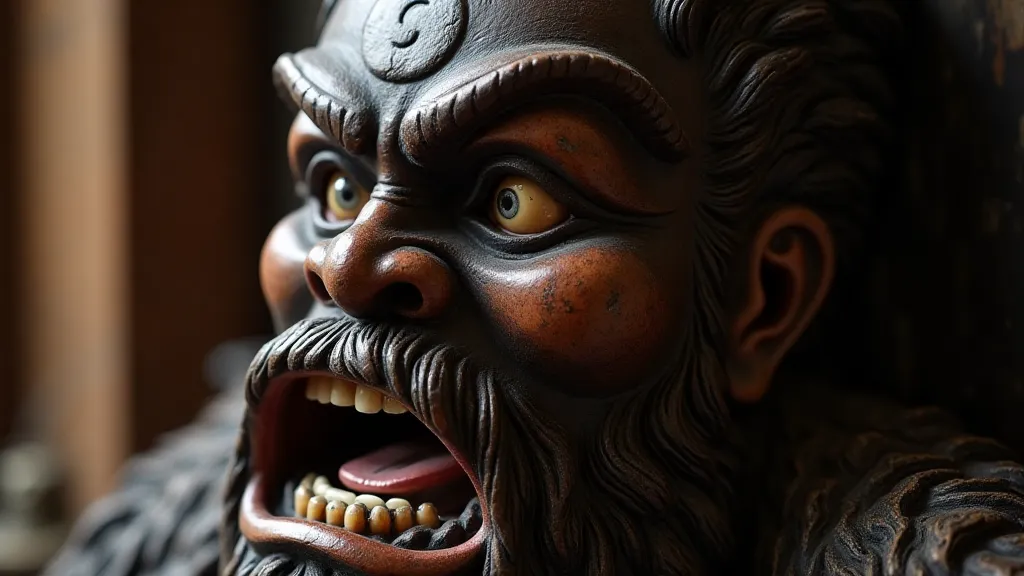
The Semiotics of Materials: More Than Just Decoration
The materials used in mask making are rarely chosen arbitrarily. They carry symbolic weight, their properties resonating with the beliefs and cosmology of the culture. In Bali, for example, masks are traditionally carved from *odala*, a wood considered sacred because it’s believed to be inhabited by spirits. The natural imperfections in the wood – knots, cracks, and unusual grain patterns – are not seen as flaws, but as further evidence of its spiritual essence. The application of vibrant colors, often derived from natural pigments, further amplifies this symbolic language.
In the Himalayan region, masks used in Cham dances, performed by Tibetan Buddhist monks, are often constructed from layers of fabric, paper, and natural dyes. The colors themselves hold deep meaning; red symbolizes wrath and compassion, blue represents peace and the sky, and yellow signifies royalty and wisdom. The painstaking process of layering and painting is not merely decorative; it’s a meditative practice, a ritual act of imbuing the mask with power and spiritual energy. The theatricality inherent in these masks speaks to a long and rich performance tradition, one that bears resemblance to the artistry found in Japanese Noh masks, where each gesture and expression is steeped in meaning.
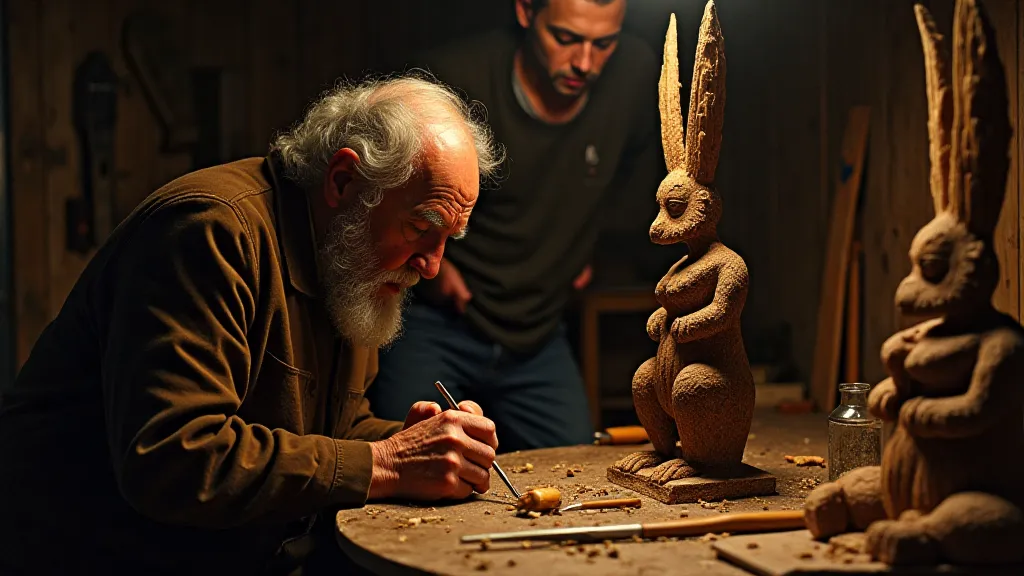
The Craftsmanship: A Bridge Between Generations
The skills required to create these masks are often highly specialized and passed down through generations. Becoming a skilled mask maker typically involves a rigorous apprenticeship, demanding years of dedicated practice and a deep understanding of the traditional techniques. It's more than just carving wood or shaping clay; it’s about mastering a nuanced understanding of form, proportion, and the subtle interplay of color and texture.
I recall visiting a small workshop in Oaxaca, Mexico, where a family had been crafting Alebrijes – vibrant, fantastical wooden creatures – for over a century. The grandfather, a wiry man with hands calloused from years of carving, patiently demonstrated the process, from selecting the copal wood to applying the intricate paint designs. It was clear that this wasn't just a job; it was a sacred responsibility, a commitment to preserving a vital part of their cultural identity. The connection to ancestral knowledge and the transmission of skills resonate deeply, much like the narratives told through the masks of the Tlingit People, each embodying spirits and ancestral tales.
Challenges and the Future of Mask Traditions
Despite the dedication of these artisans, regional mask traditions face numerous challenges. The rising cost of materials, the lure of more lucrative employment opportunities, and the encroachment of mass-produced imitations all threaten their survival. Furthermore, the increasing globalization and homogenization of culture can lead to a decline in the demand for traditional crafts, particularly among younger generations who may be more drawn to Western trends and entertainment.
The pressures of modernity often force a difficult choice – preserve tradition or adapt to survive. Some artists embrace experimentation, blending traditional techniques with contemporary themes, while others strive to maintain the purity of ancestral forms. This tension between preservation and innovation is a recurring theme in artistic expression worldwide. The delicate balance between honoring the past and embracing the future is a constant challenge for mask makers, as highlighted by the experiences of modern mask makers grappling with their ancestral heritage—a complex exploration detailed in Fractured Reflections: The Modern Mask Maker and the Ghosts of Ancestors.
Collecting and Appreciation: A Form of Preservation
For those drawn to the beauty and significance of regional masks, collecting can be a form of preservation. However, it's essential to approach this pursuit with respect and sensitivity. Prioritize supporting artisans directly and seeking out authentic pieces with documented provenance. Understand the cultural context of the mask and appreciate its significance beyond its aesthetic appeal. Responsible collecting can help to sustain these traditions and ensure that they continue to thrive.
Beyond mere acquisition, the true value lies in understanding the stories held within each mask. Each scratch, each imperfection, speaks to the hands that shaped it and the cultural forces that inspired it. It’s about recognizing that these objects are not simply decorative items but living embodiments of heritage, artistry, and enduring human spirit. They are tangible links to a past that shapes our present and informs our future. Further understanding the cultural significance demands awareness, cultural sensitivity, and a genuine desire to support the communities that create them.
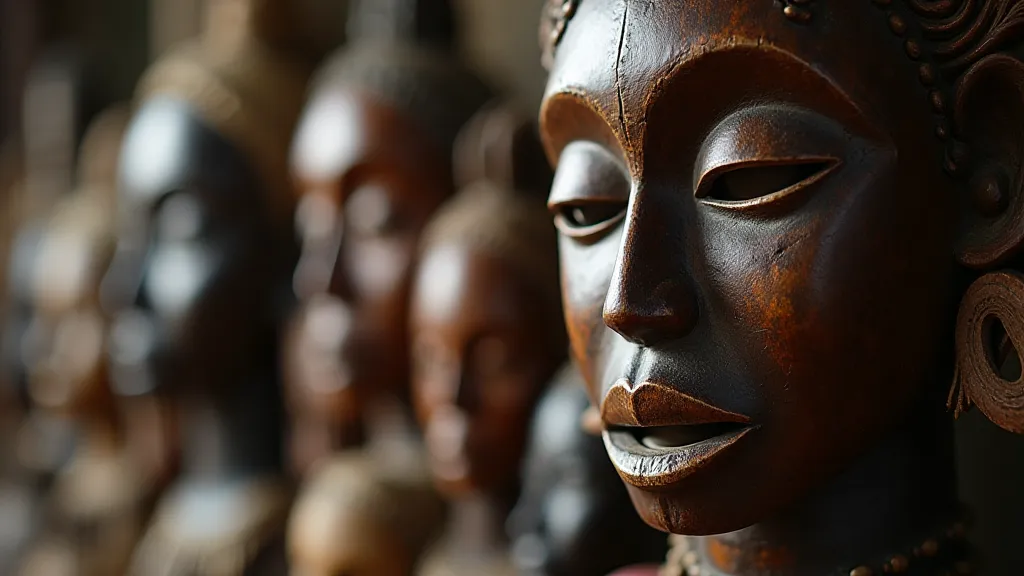
The continued existence of these traditions hinges not only on the dedication of the artisans themselves but also on the appreciation and support of a wider audience. It is a collective responsibility to ensure that these voices are not silenced and that these narratives continue to be passed down through generations. The preservation of these crafts is a testament to the power of human creativity and a celebration of the diversity of human expression. Let us strive to be active participants in this ongoing effort, ensuring that the echoes in the clay continue to resonate for centuries to come.
